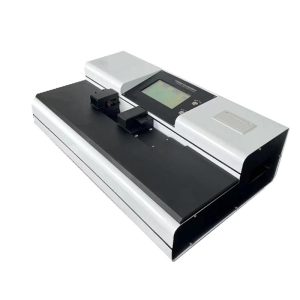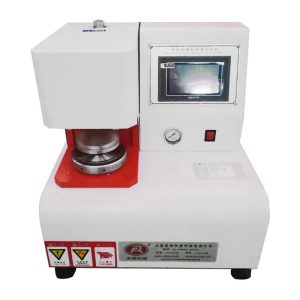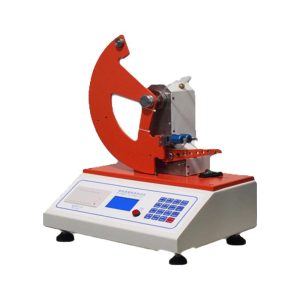How to check the physical properties of paper?
When we examine the physical properties of paper, it is traditionally divided into the following four categories:
Mechanical and strength properties;
Surface properties;
Optical properties;
Permeability of fluids (e.g. water, oil, air).
In the quantitative detection of paper, we measure by weighing the paper with a known area. The thickness is measured using a micrometer with a specific base area and pressure on the sheet. By measuring these two parameters, we can calculate the apparent density or loose thickness.
Tensile strength is determined by measuring the force required to break a narrow strip of paper. The amount of elongation at breaking can also be determined simultaneously. Some new testing machines provide graphs of stress/strain and calculate the area under the curve, called tensile energy absorption, which is a way of measuring the “toughness” of paper. These instruments also provide creep measurements under different tensile loads.

How to check the physical properties of paper?
The breaking strength is measured by clamping the paper pattern against the rubber eardrum, then applying gradually increasing pressure and recording the pressure at the time of bursting. The flexure is measured by bending the pattern at a specified Angle under controlled tension and the number of times it is bent before breaking. Stiffness is a measure of the force required to bend a strip of paper at a specified Angle.

Tear strength (or “internal tear strength”) is usually measured using an Elmendorf instrument. In the Elmendorf instrument, the force is applied vertically to the paper, using an energy pendulum to continuously tear a tear in the pattern. The energy lost (measured by the height of the energy pendulum swing) is related to the force required for continuous tearing. Elmendorf tear test is considered to be a good measure of in-sheet fiber strength, but its applicability as a measure of interprint performance is often questioned. Because printing problems often occur on the surface of the paper. An instrument for in-plane tear measurement may be used, but this method is not universally applicable.

How to check the physical properties of paper?
The optical properties of paper refer to the reflectance, transparency and chroma of the paper at specific wavelengths of light. Where, whiteness refers to the reflectance value (relative to the magnesium oxide standard value) in the blue region of the visible spectrum, especially at the 457nm wavelength. Opacity is calculated by comparing the “contrast ratio” between the reflectance values of a single sheet of paper backed with a non-reflective black surface and a sheet of the same material. Chromaticity can be determined by the relative amount of the three main chromaticity reflected from the surface of the paper. Common methods for measuring optical properties include whiteness meter, colorimeter and transmittance meter.
The permeability of paper refers to the permeability of paper to liquid or gas. Common test methods include water absorption test, air permeability test and ink permeability test.
In a word, the physical properties of paper have an important impact on its application in various fields, so it is essential to carry out comprehensive and accurate testing and evaluation.
